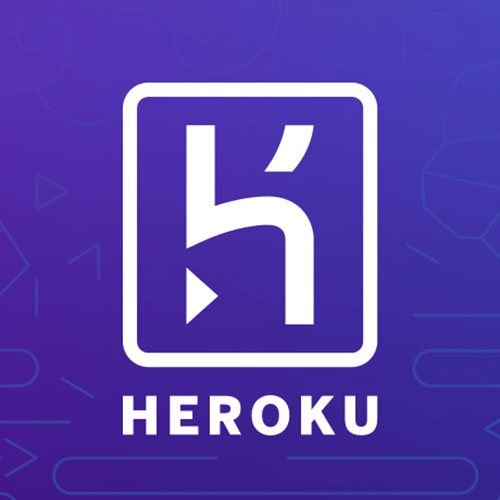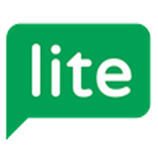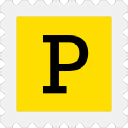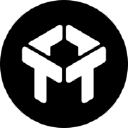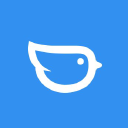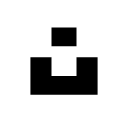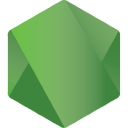How I Launched A Payment Software Side-Hustle [With Over $1M In Transactions]
Hello! Who are you and what business did you start?
Hey! My name is Sander and I’m the founder of Checkout Page, a checkout and payment software for independent businesses. I started the company 4 years ago as a side project to make it easier for people to accept payments online without code. I’m in the process of teaming up with a co-founder, Andy, to grow the Checkout Page past the side project stage.
Last year we processed over $1 million in transactions with $13k in annual revenue. People use our software to sell products and services on their site and with payment links via chat, social media and QR codes.

What's your backstory and how did you come up with the idea?
When I started Checkout Page I was working as a freelance front-end developer and just started traveling as a “digital nomad”....

Download the report and join our email newsletter packed with business ideas and money-making opportunities, backed by real-life case studies.

Download the report and join our email newsletter packed with business ideas and money-making opportunities, backed by real-life case studies.

Download the report and join our email newsletter packed with business ideas and money-making opportunities, backed by real-life case studies.

Download the report and join our email newsletter packed with business ideas and money-making opportunities, backed by real-life case studies.

Download the report and join our email newsletter packed with business ideas and money-making opportunities, backed by real-life case studies.

Download the report and join our email newsletter packed with business ideas and money-making opportunities, backed by real-life case studies.

Download the report and join our email newsletter packed with business ideas and money-making opportunities, backed by real-life case studies.

Download the report and join our email newsletter packed with business ideas and money-making opportunities, backed by real-life case studies.

